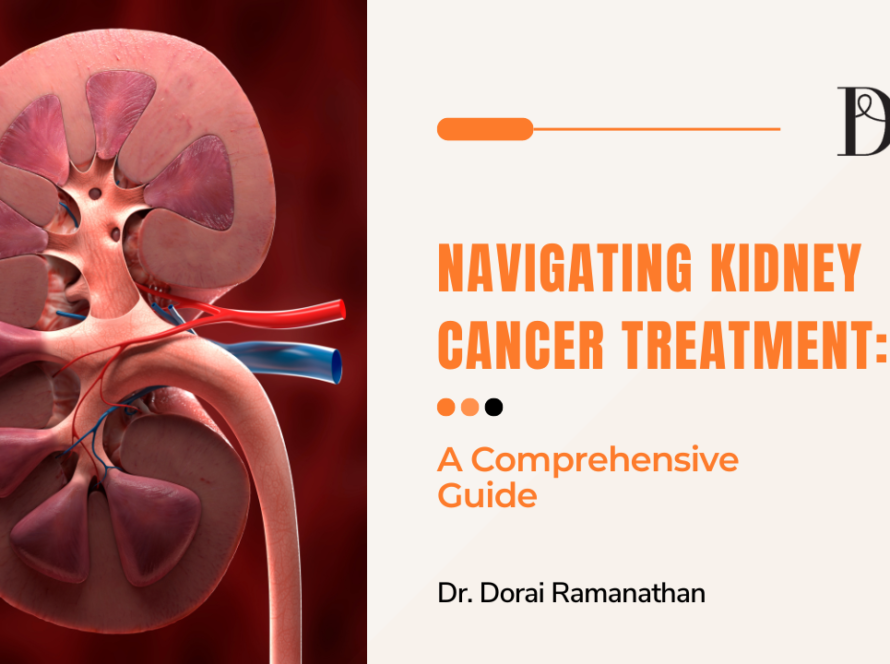
Breast cancer is one of the most regular types of cancer in women from all the parts of the world and there is necessity to establish the early diagnosis. In the MENA it can be deduced that improving the perception level amongst women about breast health can go along way in ensuring that breast cancer is discovered early and consequently increasing the survival ratel. The guidelines related to the choice of methods of breast cancer screening and even myths can be quite diverse. To this end, this article seeks to bring out the following aspects on breast cancer screening, mammography and early detection.
Knowledge About Breast Cancer Examination
Breast cancer screening is a way of preventing breast cancer and identifying it when it is still at a stages that are not easily identifiable. Thus, used as a adjuvant therapy for early diagnosed cancer, the treatment’s effectiveness is higher, more options for approach are also available. Mammography is one type of screening techniques and this combined with Clinical Breast Examination (CBE) and Self Breast Examination (SBE). Of these, mammography is still considered the most effective approach to using screening in detecting breast cancer.
Now Let us demystify the challenges to myths about breast cancer screening
A lot of myths exists with regard to breast cancer screening, and these can cause much fear or confusion. Here are some of the most common myths:
1. Myth: Of all women, only those with at least one relative who has been diagnosed with breast cancer should go for screening.
– Fact: It is sad that majority of the women who are diagnosed with breast cancer do not have such family history. Mammogram is recommended on all women and more so with increased age.
2. Myth: X-ray mammography is hazardous because you are exposed to bad radiation.
– Fact: In as much as mammograms work involves radiation, this is minimal and does not in any way come close to the benefits that come with early detection.
3. Myth: No lump, no cancer, that is the simple and clear message that CUP has been trying to popularize in the region and elsewhere in the world.
– Fact: Some tumors are asymptomatic initially and only visible on a mammogram in the first stages of cancer. This goes a long way in pointing to the need for periodic screening.
Mammography as a breast cancer detection technique
There are various cancer detection methods for breast cancer, each playing a role in comprehensive screening:
- Mammograms: These are X-ray pictures of the breast and are the most widely used method of identifying initial signs of breast cancer. The American Cancer Society and many other leading health organizations strongly support the idea of annual screening by mammography for women aged 40 and over; however, detailed guidelines concerning mammography may differ significantly from one health authority to another.
- Ultrasound: Usually complementary to mammography, especially for woman with dense breast tissue, ultrasound can identify abnormalities that may not be visible through mammography.
- MRI: High risk patients (including women with a family history of the disease) may benefit from using MRI in detection.
- Clinical and Self-Breast Exams: These exams are important for becoming acquainted with the breast of women and being able to make changes. Still, It has to be mentioned they are not mammography tools but helpful instruments that can assist in raising breast health awareness.
The guidelines of mammography to follow
Mammography guidelines should be taken seriously for high efficiency of the breast cancer screening. While these guidelines can vary, general recommendations include:
Women aged 40-44: May want to discuss annual mammograms, if they have risk factors for the disease.
Women aged 45-54: Screening mammography every year is required for early diagnosis of breast cancer.
Women 55 and older: Screening mammograms every two years are called for; some may wish to continue annual screening.
Note: One should seek advice from a doctor for adjustments to these guidelines as per his or her risk factors and medical history.
The Detection of Diseases and Conditions: A Critical Issue
Cancer of the breast once diagnosed in its initial stages is likely to be cured or managed effectively. Screening ensures that information is relayed about specific time periods, where breast cancer is most easily treatable is relayed thus encouraging the early detection. As stated by WHO, since early stage breast cancer can be treated effectively, screening plays an important role for breast health since it decreases death rates among women diagnosed with this disease.
Every woman should know the basics of breast cancer screening, and dispel myths. Pay attention to these rules of screening mammography and preventive breast health practices and be fully prepared to make the right decisions regarding your health and survival. Those in the MENA region can reach out to healthcare professionals at Cancer Care MENA to offer individualized advice about screening and breast cancer prevention.
For more information on breast cancer screening, visit [Cancer Care MENA](https:visit our website at cancercaremena.com for information and help with your breast health journey.




